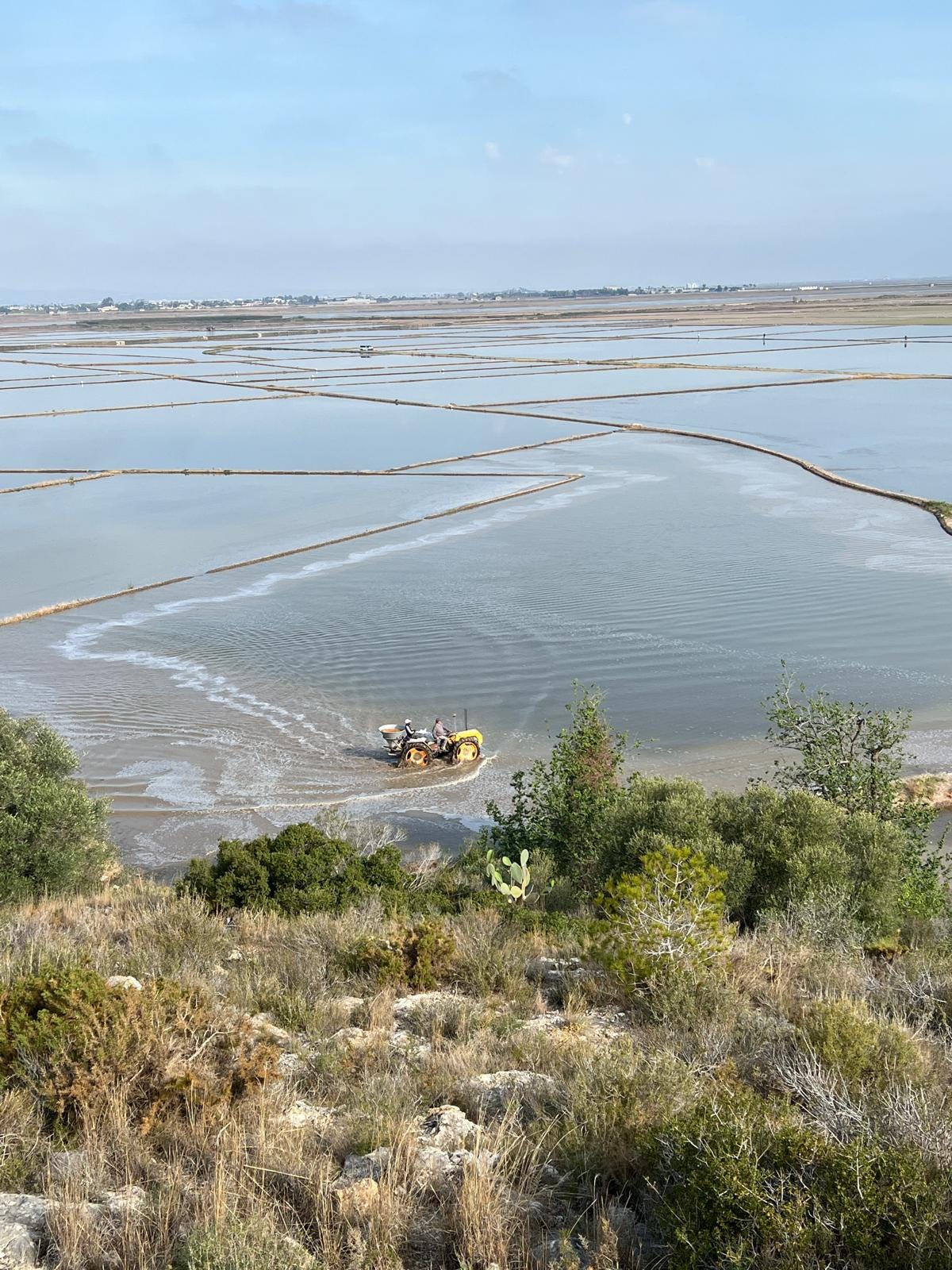Too much paella? Not in Valencia.
My favorite places in the beautiful coastal region of Spain
Hola, people. I am so excited to share with you next week all the community Spanish wine recommendations we received last week…so many of you left some amazing comments. But before we do that, this week is very special to me because I am sharing one of my all-time favorite places in Spain…though I know you might say “Hey, José, isn’t all of Spain your favorite?” You would be right to ask me that, because of course I love all of Spain, but Valencia holds a particularly special place in my heart because it is the home of one of the most iconic Spanish dishes in the world: paella Valenciana. And it’s perfect timing for this, because last Friday was World Paella Day, and our very own paella chef from Jaleo Dubai, Avinash Agarwal, competed in the World Paella Cup (we’re very proud of you, Avinash!).
Before we talk about paella, I want to talk a little bit about Valencia itself, because it is rich in history—both culinary and agricultural. Valencia, overlooking the beautiful Mediterranean Sea, has been a central hub of trading for hundreds of years. It’s one of the oldest cities in Spain and is now the busiest port in the Mediterranean! Because there have been so many foods and goods traded through here, it has become a paradise for people who love to eat.
Valencia is also unique because it has some of the best produce in the country. The city is surrounded by wetlands known as the Albufera, which is a large agricultural area where farming has been the way of life for centuries. It’s a low water space that is flooded or drained depending on the season, and it’s perfect for growing rice, which of course is the main ingredient in paella. There are a few types of rice that grow here—bomba, calasparra, and J. Sendra, to name a few—which are short-grain rices that evolved from grains originally brought to Spain hundreds of years ago from the Middle East.
And of course Valencia is also famous for its amazing sweet oranges, but did you know that artichokes are also everywhere in these farm lands? And so many other amazing ingredients that helped create the culinary traditions we love in today’s Valencia…it’s called la huerta (the orchard) for a reason, people!
And now…what to say about paella? This is the birthplace of paella, but did you know how it first started? In the 18th century in the Albufera, farmers would get together for lunch and bring whatever they could harvest that day to cook over an open fire. It eventually grew into one of Spain’s richest traditions, and even today, true Paella Valenciana is cooked over a wood fire with ten ingredients: local shortgrain rice, olive oil, rabbit, chicken, garrofó and ferradura beans, saffron, tomato, salt and water. Of course there are other ingredients that you could put on top, like seafood, but it is not a true paella Valenciana—it is an arroz (rice). And there are plenty of delicious, authentic, incredible arroces out there, so explore and try as many as you can!
To spend time in Valencia is to understand a whole region, not just one (amazing) city. You really have to go out into the wetlands, into the fields, and around Alicante and Murcia to fully understand what this place is all about. If you plan on coming to Valencia, I suggest you build in a couple extra days to explore these other places (make sure to rent a car!), not just the city, and try everything! Meet some local farmers, eat wherever you can, take a paella to go (yes, this is possible, you’ll see in the recommendations) and soak in everything you can about this amazing place.






